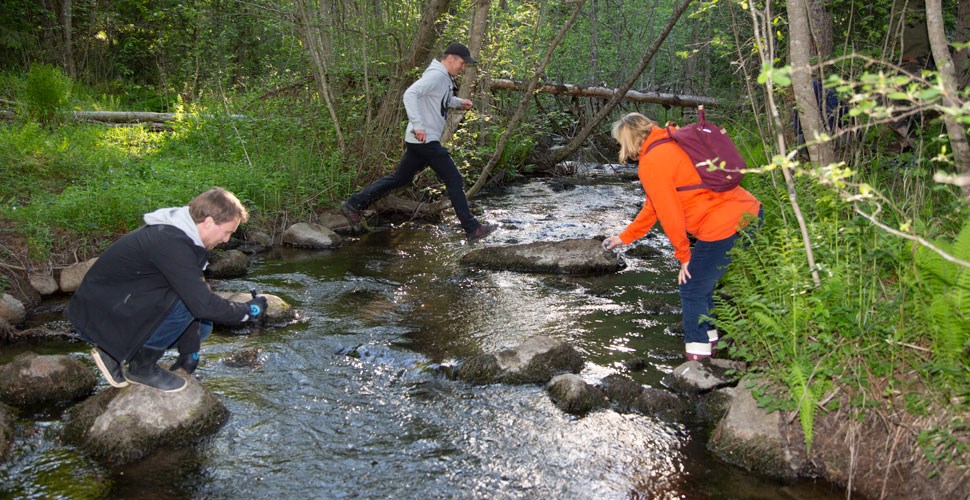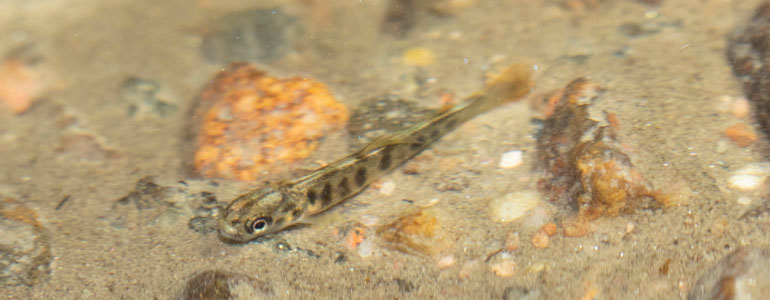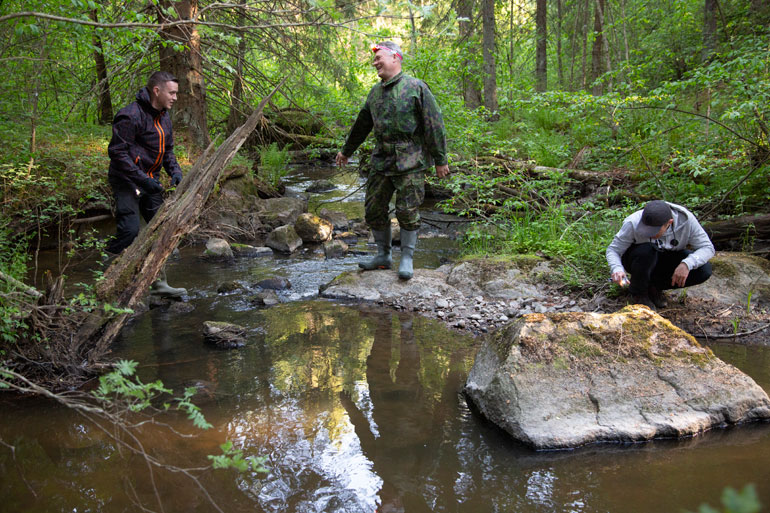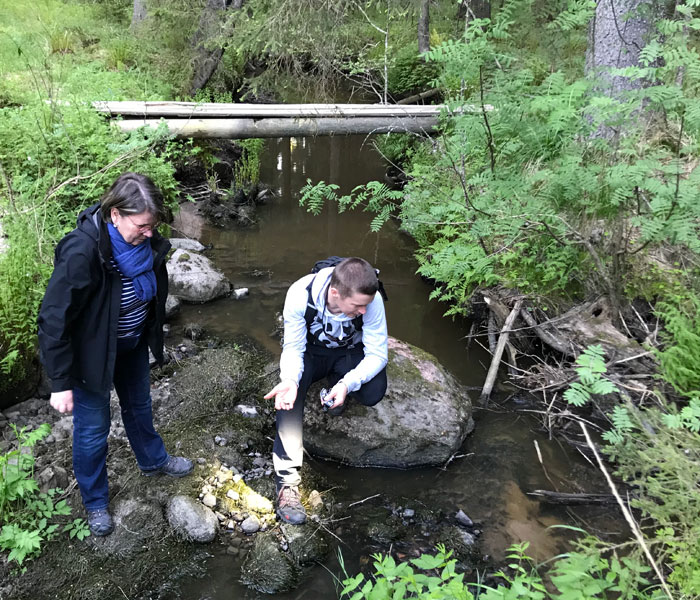
Noomi Järgerhorn (M.Soc.Sc.) has been appointed as Kesko’s Vice President of Sustainability. She will join the company on 1 May 2025, and assume her new position on 1 June 2025 at the latest.


One of the locations for observation is the Ylösjoki river in Hollola, where restoration work was carried out in August 2019. Thanks to the restoration efforts, which included replacing an old culvert, the river’s trout population has grown stronger.

“Observing the fry gives us information on how successful trout mating has been. We are conducting the observation work in Southern Finland in early June when the fish eggs have hatched,” says Olli Sivonen, Conservation Officer at WWF Finland.
The method is best suited for small waters such as brooks. The observers visit the location when it gets dark, using torches to look for the fry. In addition to salmonoids, they may also see bullheads and stone loaches.

At the Ylösjoki river in Hollola, the observers saw fry measuring 3 to 5 centimetres – eventually, the fish may grow up to be as long as 50 centimetres!
The observation may also lead to information on problems in trout reproduction and lifecycle if no fry can be detected despite observed mating in the fall.
However, Sivonen notes that a lack of fry sightings is not the whole truth, as the fry may also be elsewhere or hide undetected.
Instructions to prevent the coronavirus from spreading also apply here. The observation crews are small and maintain safe distances and good hygiene.

Antti Auvinen, Director of Sourcing and Sustainability, and Jani Kakko, Product Line Director at Kesko’s building and technical trade division, were happy to see that the replacement of a culvert last August and other restoration efforts had led to positive results. The old culverts prevented the fish from mating, but now lots of small fry could be detected in the brook. On the right, Olli Sivonen from WWF Finland looking for signs of fry.
The Covid-19 epidemic permitting, restoration work with volunteers will continue this September in e.g. Turku, Joutsa, Perho and Äänekoski. There are also plans to conduct electrofishing to obtain data on Salmonidae population density.
Nearly all Finnish migratory fish species, including trout and salmon, are endangered because they are often blocked from swimming upstream to their spawning grounds by e.g. culverts and old mill dams.
The K Fishpaths collaboration initiated by K Group and WWF Finland in 2017 has aimed to remove such obstacles. In between 2017 and 2019, more than 80 kilometres of new spawning grounds and habitats for migratory fish have been opened up, 19 barriers that prevent the fish from swimming upstream removed, and more than 200 gravel beds established. Volunteering events have been organised at over 20 locations across Finland.

In early June 2020, the collaboration parties returned to the first K Fishpaths restoration location at the Ingarskilanjoki river. Monica Brunberg, the K-retailer of K-Market Lantis, and WWF’s Olli Sivonen, who both took part in the restoration work in autumn 2017, saw that the trout population had developed well since. Picture: Juuso Lautiainen, WWF.
“The collaboration with WWF Finland has taught us a lot about the importance of protecting endangered species. It is great to get our hands dirty and truly promote biodiversity,” says Matti Kalervo, K Group’s Vice President of Corporate Responsibility.
In the K Fishpaths collaboration, the parties strive to remove barriers that block spawning in rivers and brooks and to create spawning grounds together with local operators, landowners, K-retailers and volunteers. The aim is to generate more awareness of and discussion about Finland’s endangered migratory fish populations.
Visit the K Fishpaths webpage for more information.
 YES
YES
 NO
NO